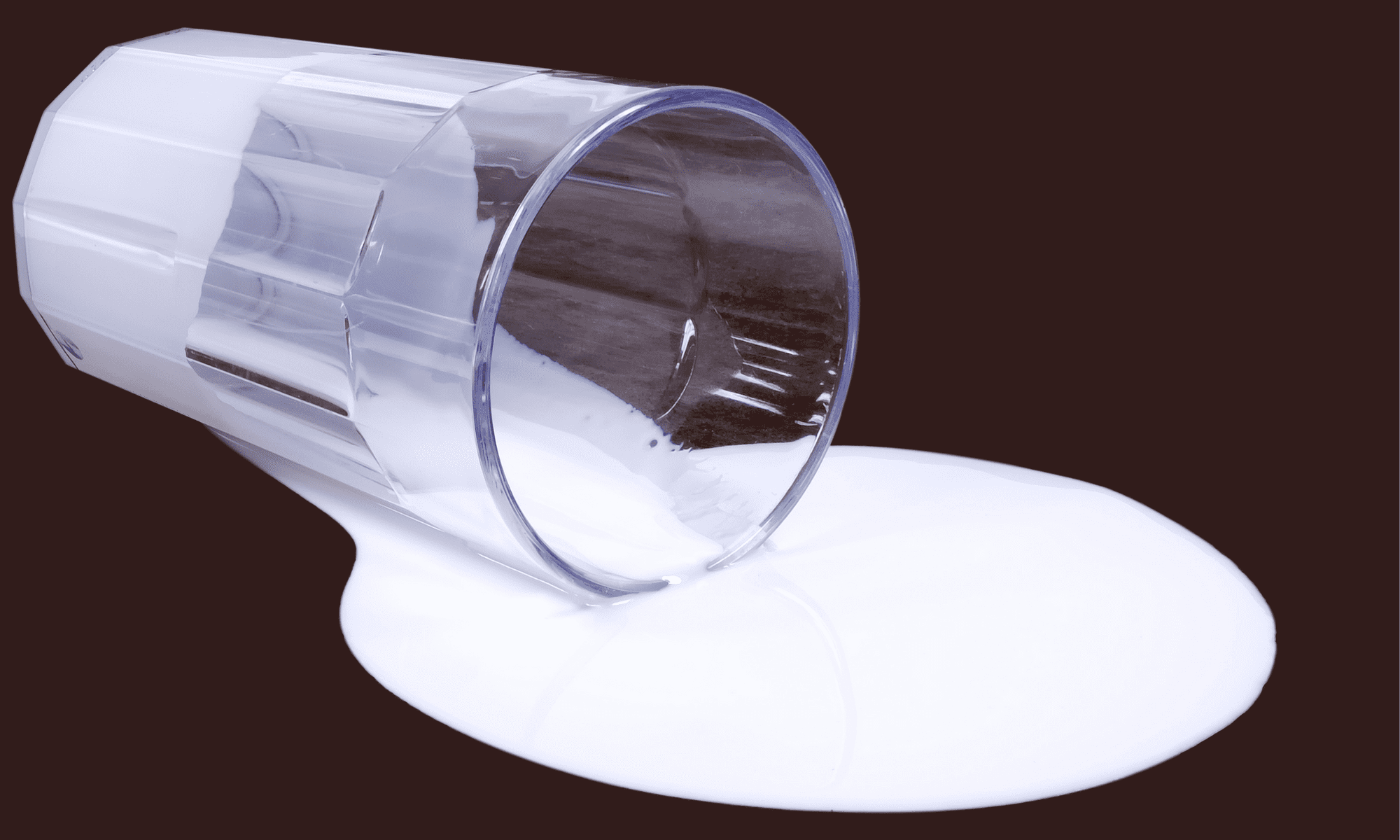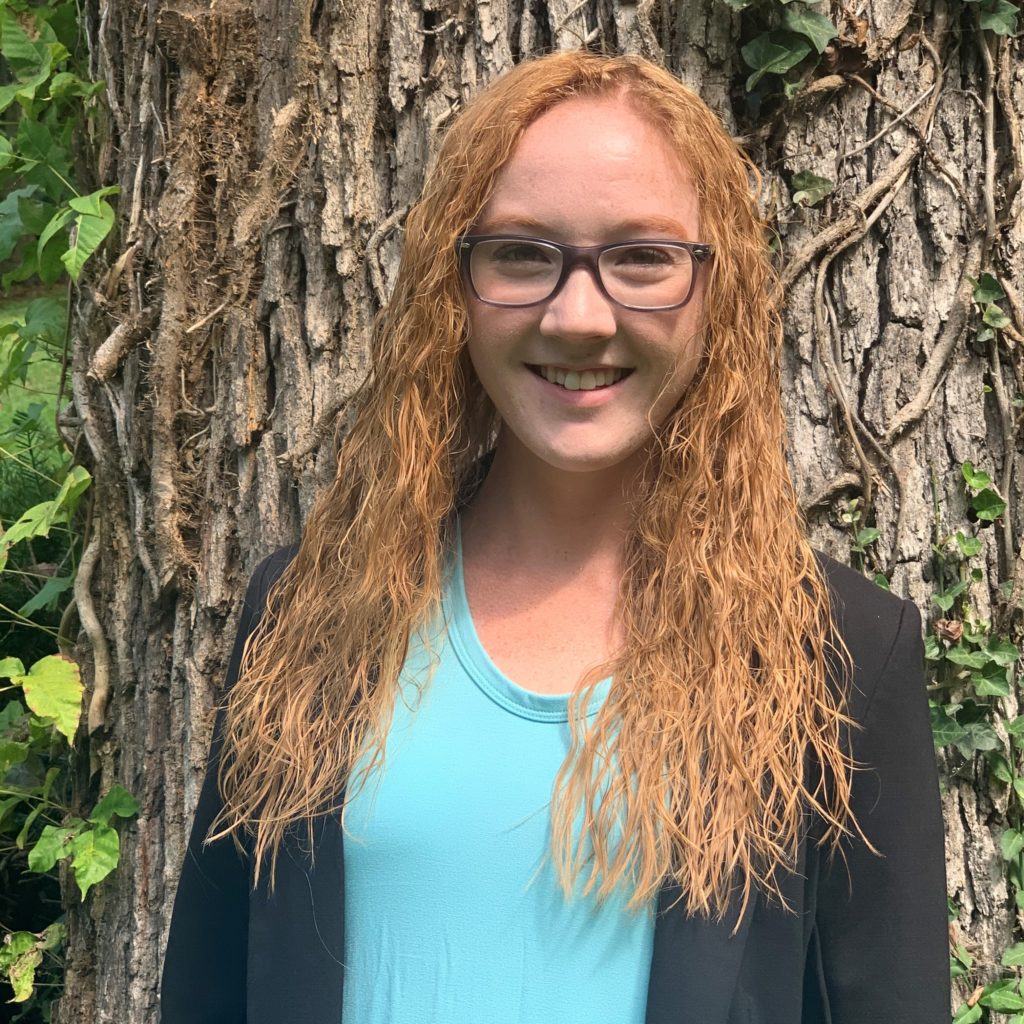
Welcome to the first post of the ADSA 2021 Student Writing series! Over the next three weeks, we will explore what our undergraduate and graduate UT Dairy students learned while at the annual ADSA conference this past July. We hope you enjoy!
Check out today’s short writing by Caitlin Zaring for the Annual American Dairy Science Association meeting held virtually last month. Caitlin is a second-year Master’s student in Animal Science under the mentorship of Dr. Elizabeth Eckelkamp and the Treasurer for the ADSA Graduate Student Division. Originally from Knoxville, TN, she holds an Associate’s degree in Science from Roane State Community College and a Bachelor’s degree in Animal Science from the University of Tennessee.
Reducing Food Loss and Waste Symposium
By Caitlin Zaring
Monday’s evening symposium Dairy Foods: Reducing Food Loss and Waste featured four presentations geared toward food loss and waste specifically within the dairy industry and possible solutions for this growing problem and recent hot topic. Presenters included Dr. Jean C. Buzby the USDA Food Loss and Waste Liaison, Dr. Nicole Martin the Associate Director of the Milk Quality Improvement Program out of Cornell University, Gretchen Feldpausch a Registered Dietician and Ph.D. student at Iowa State University, and Dr. Juan Guzman the CEO of Capro-X. Dr. Jean C. Buzby kicked off the symposium by discussing food loss and waste’s causes, spoilage, and what counties are doing to fight this on a global scale. First, she differentiated food loss as the process of decreasing the quantity or quality of food from the farm up to the retailer or the suppliers in the food chain from food waste from the retail store to the consumer. By decreasing these food losses and wastes many problems can be solved, including reservation and preservation of fresh water, land, labor, energy, and money for producers, processors, and consumers. Food losses may be due to harvesting, processing, or transportation problems, while food waste may be from over-ordering or over-purchasing products and discarding blemished consumables. Many countries, including the United States, took a pledge in 2015 to reduce food waste by 50% by the year 2030. Countries such as the United Kingdom, Norway, Japan, and the Netherlands have all had successes to some degree in regards to meeting this goal. For example, the United Kingdom has exceeded its 50% reduction goal, specifically in consumer waste, partially due to its consumer education campaigns. The second speaker, Dr. Nicole Martin, spoke of contaminants in fluid milk, cheese, and yogurt. She discussed how to control spoilage from these contaminants that can lead to food loss and, in this case, food waste. These bacterial and fungal contaminants can have varying effects, including but not limited to curdling, discoloration, excess gaseous production, and flavor defects. Dr. Martin suggested four strategies and tools to help reduce these contaminants that lead to dairy product spoilage and waste: on-farm interventions, processing technologies and biocontrols, molecular microbiological tools, and mathematical modeling. On-farm interventions such as good cow management and milking practices can reduce gram-positive spore-forming bacteria that will spoil fluid milk and cheese. Processing technologies and biocontrols can reduce bacteria and fungi by removing contaminants by mechanical processes, optimizing HTST temperatures to control growth, and control with bioprotective cultures. Molecular microbiological tools can allow producers and processors to track and manage contaminant growth through genetic or genomic sequencing of the bacteria and fungi. The final approach is mathematical modeling which runs “what if” scenarios for other methods such as various processing technologies to control bacteria or fungal load. Under the mentorship of Dr. Christina Campbell, Gretchen Feldpausch took the approach of looking at the consumer’s role in dairy food waste. Dairy products are third to vegetables and fruit in consumer food waste. Putting food waste into perspective, the United States has 27 million food-insecure people and 13 million with hunger. The food loss and waste represent enough food to feed nearly 2 billion people a 2100 kcal/day diet. Mrs. Feldpausch did not suggest that eliminating food waste was a solution to food insecurity and hunger but could significantly improve the situation. A few causes, especially in the United States, were food abundance, low prices, consumer perceptions and expectations, limited knowledge, and labeling confusion, mainly seen in the best buy date and use by date. Her proposed solutions involved educating consumers of every step of the food chain from the farm and the store to the consumers’ homes. Additionally, she suggested reconsidering purchasing with promotions like BOGO and bulk packaging. The final presenter was Dr. Juan Guzman with Capro-X discussing his business of upcycling dairy byproducts into bio-oils for resale. His company seeks to find a more sustainable solution to the excess production of whey, specifically acid whey from Greek yogurt production. A gallon of milk being used for Greek yogurt yields into only 25% yogurt; the other 75% is acid whey used as animal feed, fertilizer, or shipped to treatment plants for anaerobic digestion. Each of these processes has its positives and negatives. His company plans to install the fermenters on-farm for no monetary investment. The farmer gets the fresh water produced from the fermentative process and his company bottles and sells the bio-oils resulting from the whey’s breakdown. The process is a continuous two-step open fermentation process using natural microbes in separate thermophilic and mesophilic tanks. These bio-oils can replace fragrances, flavorings, animal and human feed additives, can be used in biodiesels and aviation fuels, and most notable, palm oil. His business shows promising results, and a third-party study suggests that using only 10% of New York’s acid whey per year Capro-X could save 250,000 gallons of fuel and decrease carbon dioxide emissions by 115,000 tons rather than transporting and treating that 10% with anaerobic digestion. This symposium educated about and offered many possible solutions to help decrease food loss and food waste by 2030 to meet the 50% reduction pledge. One-third of food produced for human consumption is lost or wasted, costing the economy approximately $936 billion each year. Of this, 31% is attributed to waste at the retail and consumer levels, including around 17 billion pounds of fluid milk alone. Globally, consumers waste roughly 1 pound of food per person per day. In the United States, as of 2018, approximately 25% of food and beverage bought was wasted. These speakers drove home the message that it is crucial to manage and educate all aspects of the food chain from the farm to the consumer to ensure that food loss and waste sees a downward trend. Caitlin Zaring is a Master’s student in the Department of Animal Science at the University of Tennessee under Dr. Elizabeth Eckelkamp. She holds a B.S. in Animal Science from the same institution and an A.S. in Biology from her local community college. Her survey-based research describes the state of value-added dairy enterprises and consumer preferences for value-added dairy products in Tennessee.
